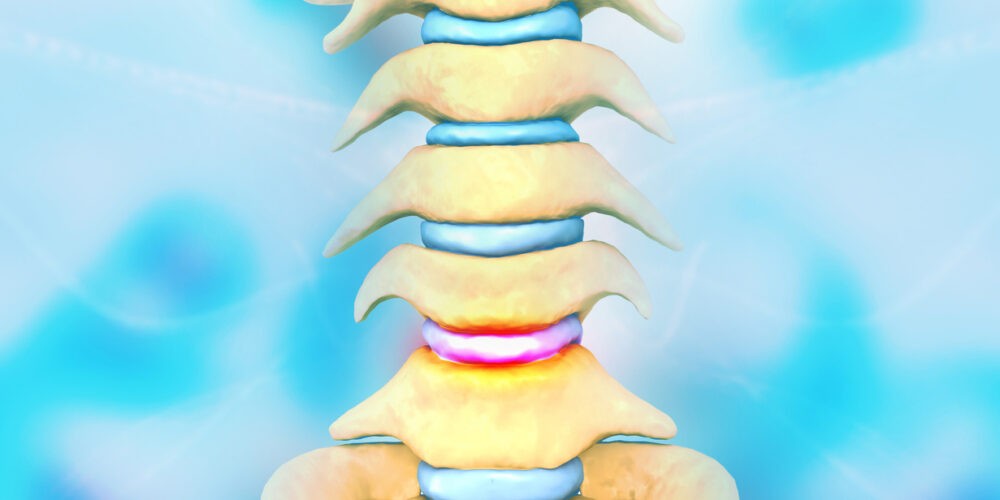Degenerative Disc Disease is a condition that causes the intervertebral discs in the spine to deteriorate or break down. Intervertebral discs are the shock-absorbing pads located between your vertebrae. The vertebrae are the series of bones that make up your spine.
Degenerative Disc Disease can occur in any part of the spine. It develops more frequently in the lower back. Aging can cause the discs to lose fluid, collapse and sometimes rupture. This decreases the space between the vertebrae, which is why some people become shorter as they age. As the disc deteriorates, it affects the structure of the vertebrae. These changes can lead to conditions that put pressure on the spinal cord and nerves.
Degenerative Disc Disease Symptoms
You may or may not have symptoms with Degenerative Disc Disease. Depending on the location, you may feel diverse types of pain in your back or neck. You may experience sudden pain after an injury, or your pain may start gradually and increase over time. Your pain may be so intense that it interferes with your daily activities. You may feel burning pain, pressure, numbness or tingling. Sitting may make your symptoms increase, whereas lying down may help to relieve pain. Depending on where your degenerative disc is located in your spine, your arms or legs may be affected as well. In rare cases, the loss of bowel and bladder control accompanied by significant arm and leg weakness indicates a possible serious problem. In this instance, you should seek immediate medical attention.






